- Breaking Down the Task: Simplify complex tasks by breaking them into smaller, more manageable steps. Provide clear, step-by-step instructions to guide the student through each part of the task.
- Modeling: Demonstrate the task or concept in front of the student. This could involve solving a problem step-by-step, writing a paragraph with proper structure, or demonstrating a scientific experiment. This allows students to see the end product and the steps needed to get there.
- Think-Alouds: Verbally share your thought process while performing a task, solving a problem, or reading a text. This strategy helps students understand how to approach a task and make their own thinking process more explicit.
- Visual Aids: Use charts, graphs, diagrams, and other visual aids to represent ideas and relationships. Visuals can make abstract concepts more concrete and understandable.
- Asking Leading Questions: Use open-ended questions to guide the student's thinking and encourage deeper understanding. Ask questions that prompt students to reflect on what they know and how they can apply that knowledge.
- Adjusting the Pace: Slow down instruction to ensure that students have enough time to grasp new concepts. This might mean spending more time on difficult topics or allowing students to work at their own pace within a given framework.
- Using Real-life Examples: Connect learning material to real-life situations that are relevant to the student's experiences. This can help make abstract concepts more tangible and easier to understand.
- Building on Prior Knowledge: Connect new concepts to topics the student already understands. This can help the student form connections and see the relevance of new information.
- Presenting Common Misconceptions Up Front: Let students know where learners often get confused or make mistakes before they even start working on their own.
- Using Sentence Starters: Sentence starters provide a framework that can help students begin their sentences more easily, reduce anxiety around speaking or writing, and assist in structuring their thoughts coherently.
The power of these 10 techniques lies in their simplicity and adaptability. My conversation made me realize that sometimes we need to step back and actual name the practices that our buzz words are referencing. If you can think of additional strategies to add to my 10, please leave a comment as we always get better together. 😊


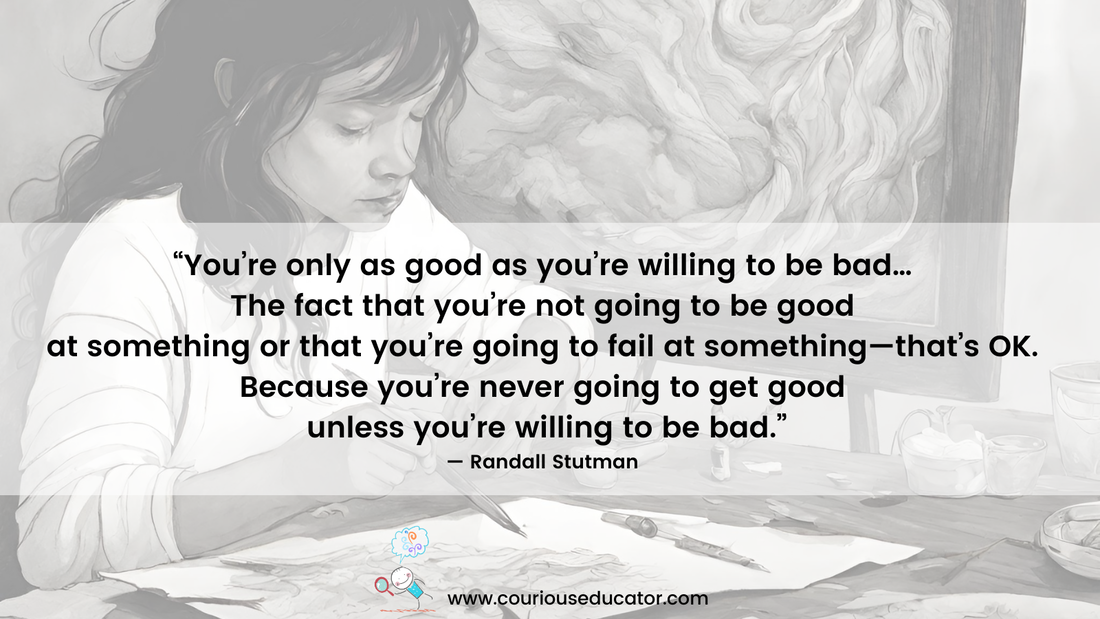
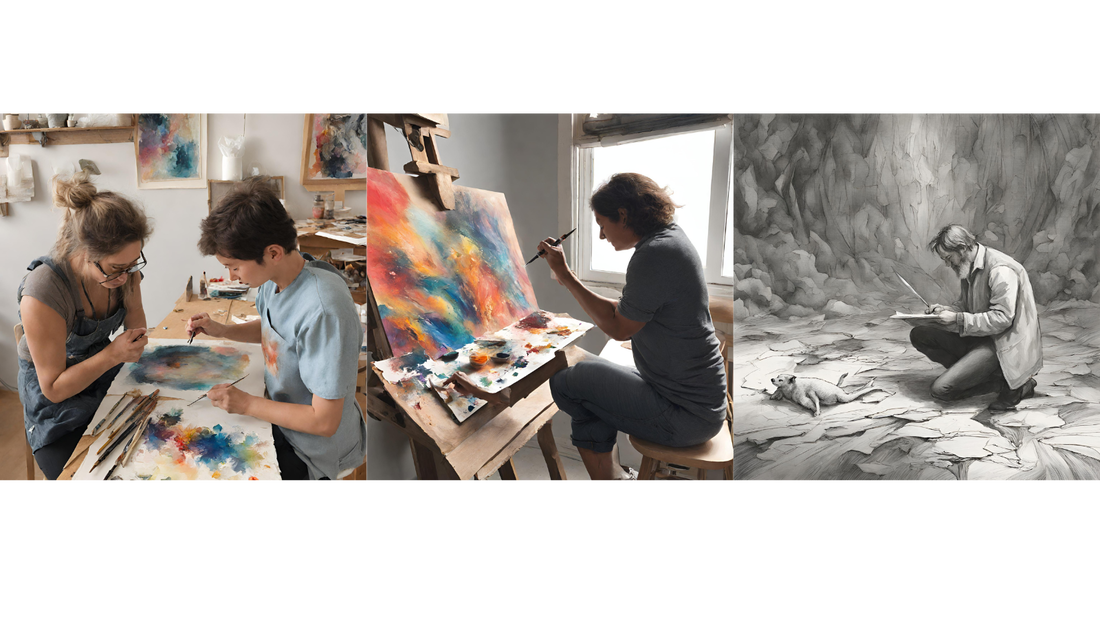

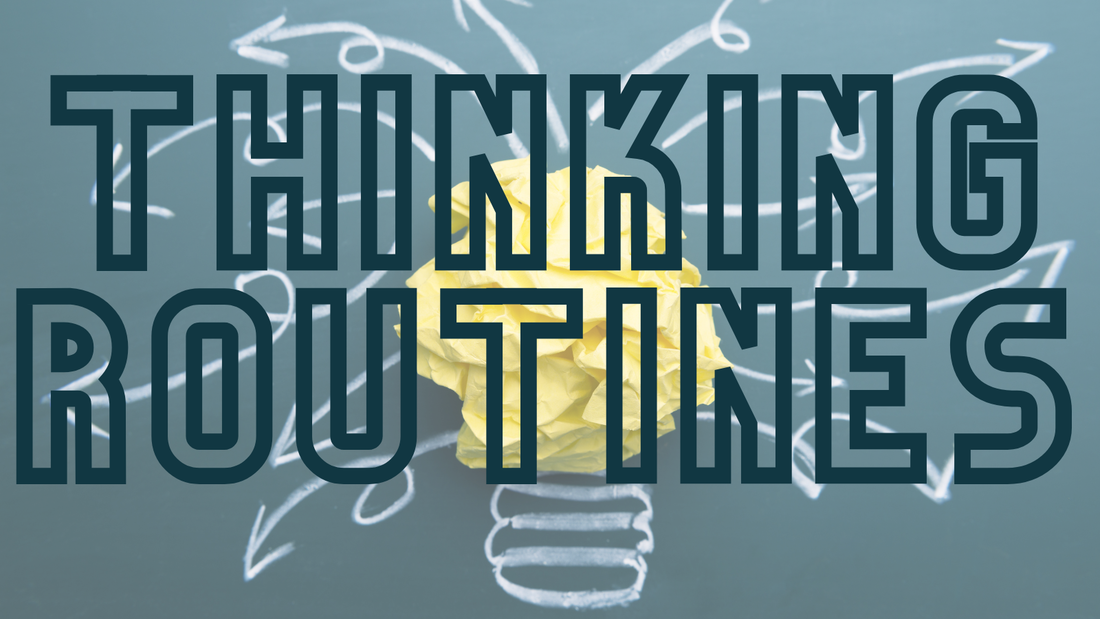
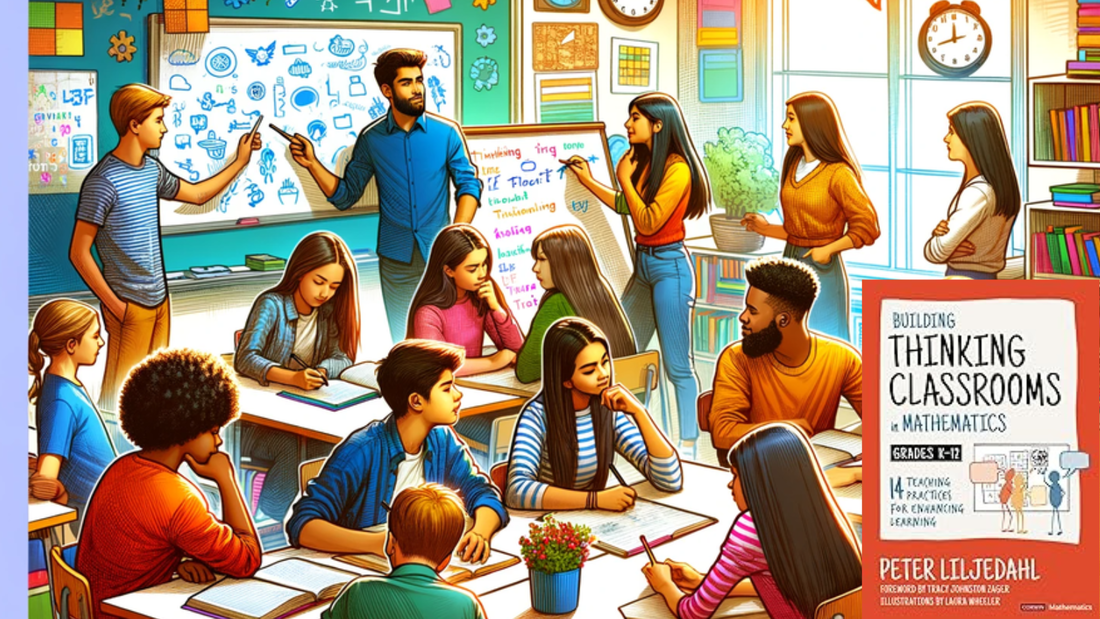
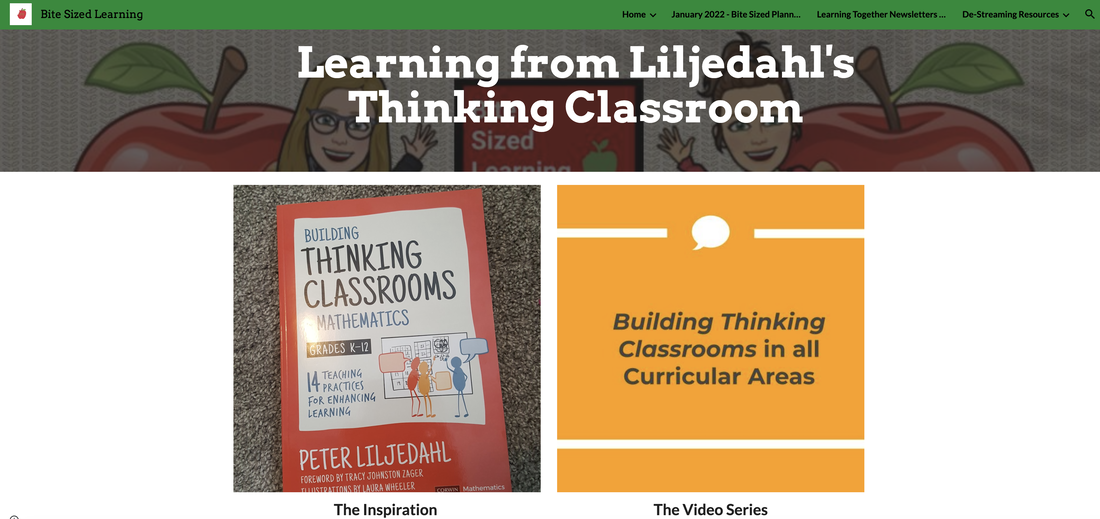


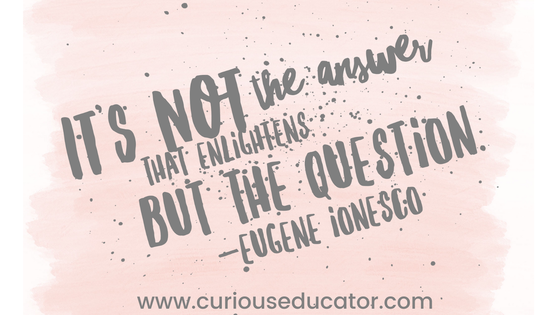

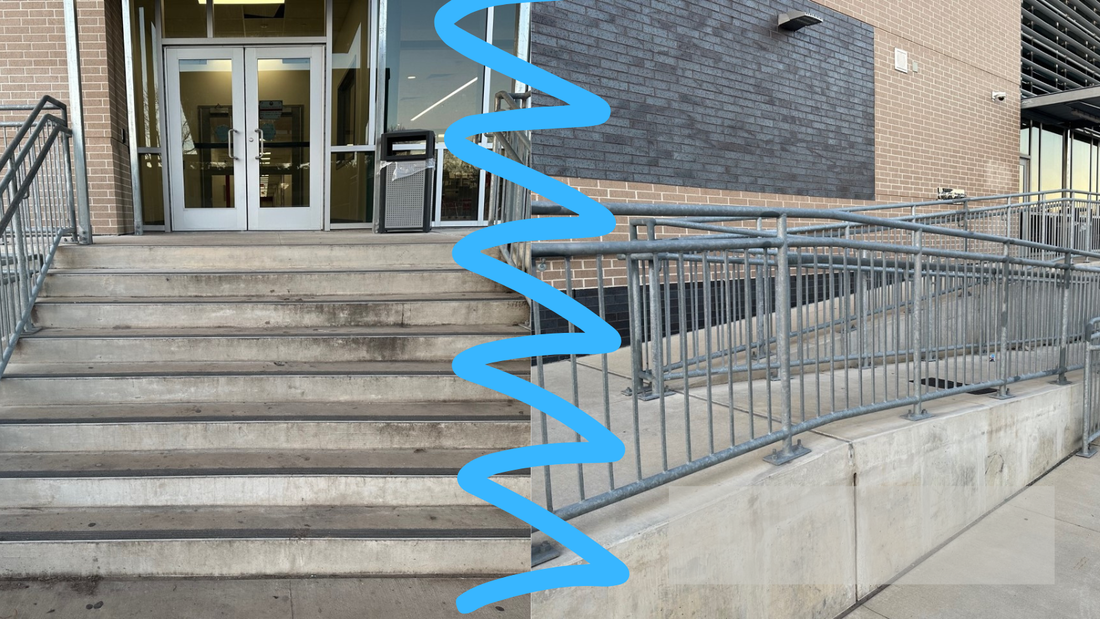

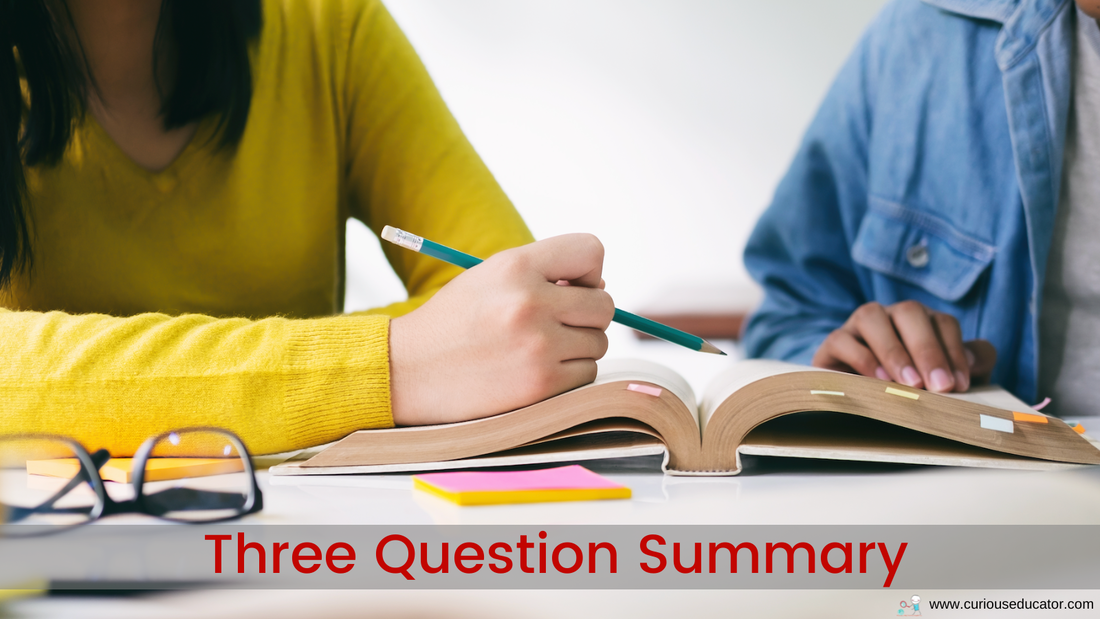


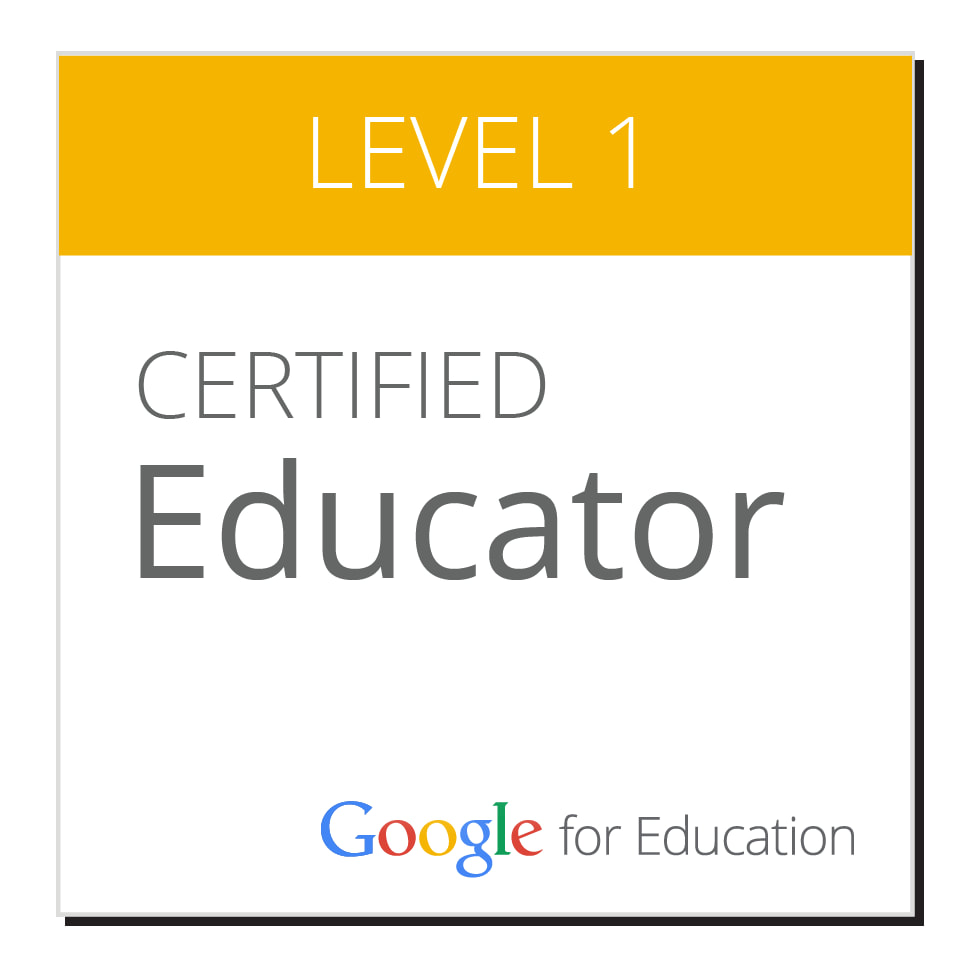
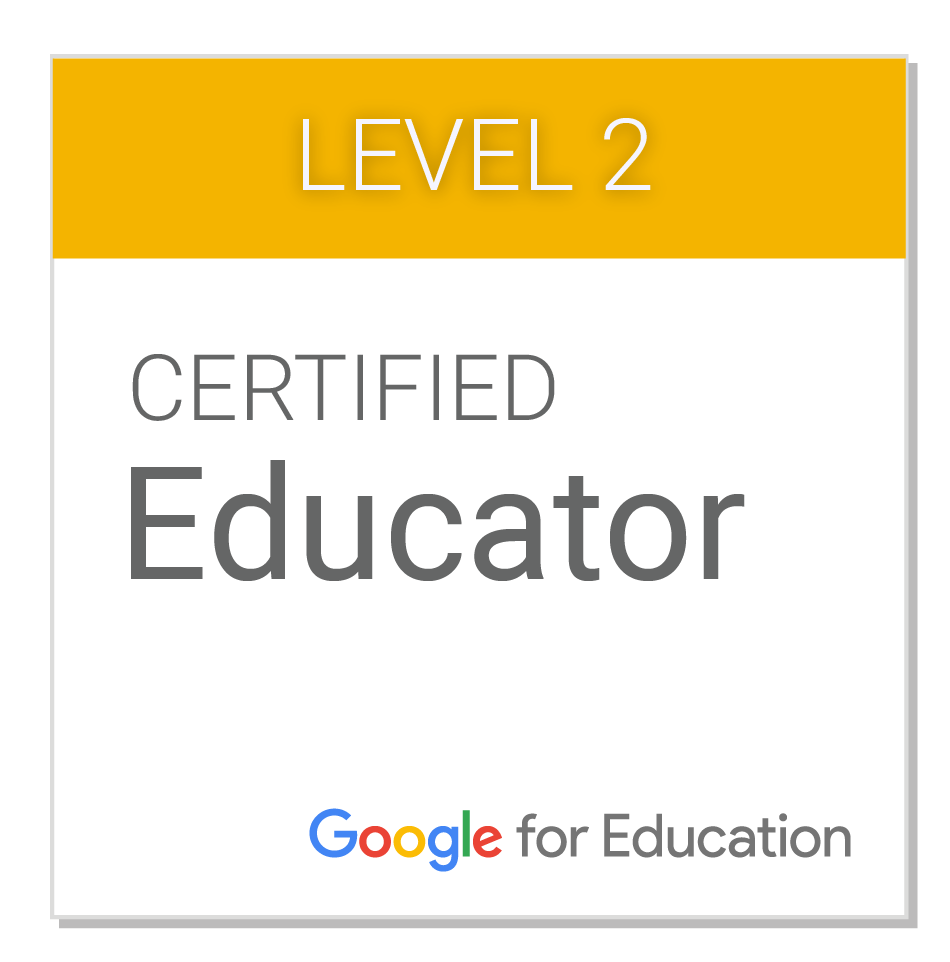
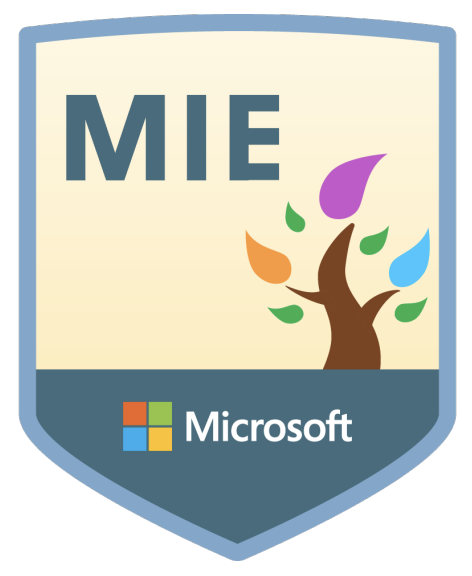
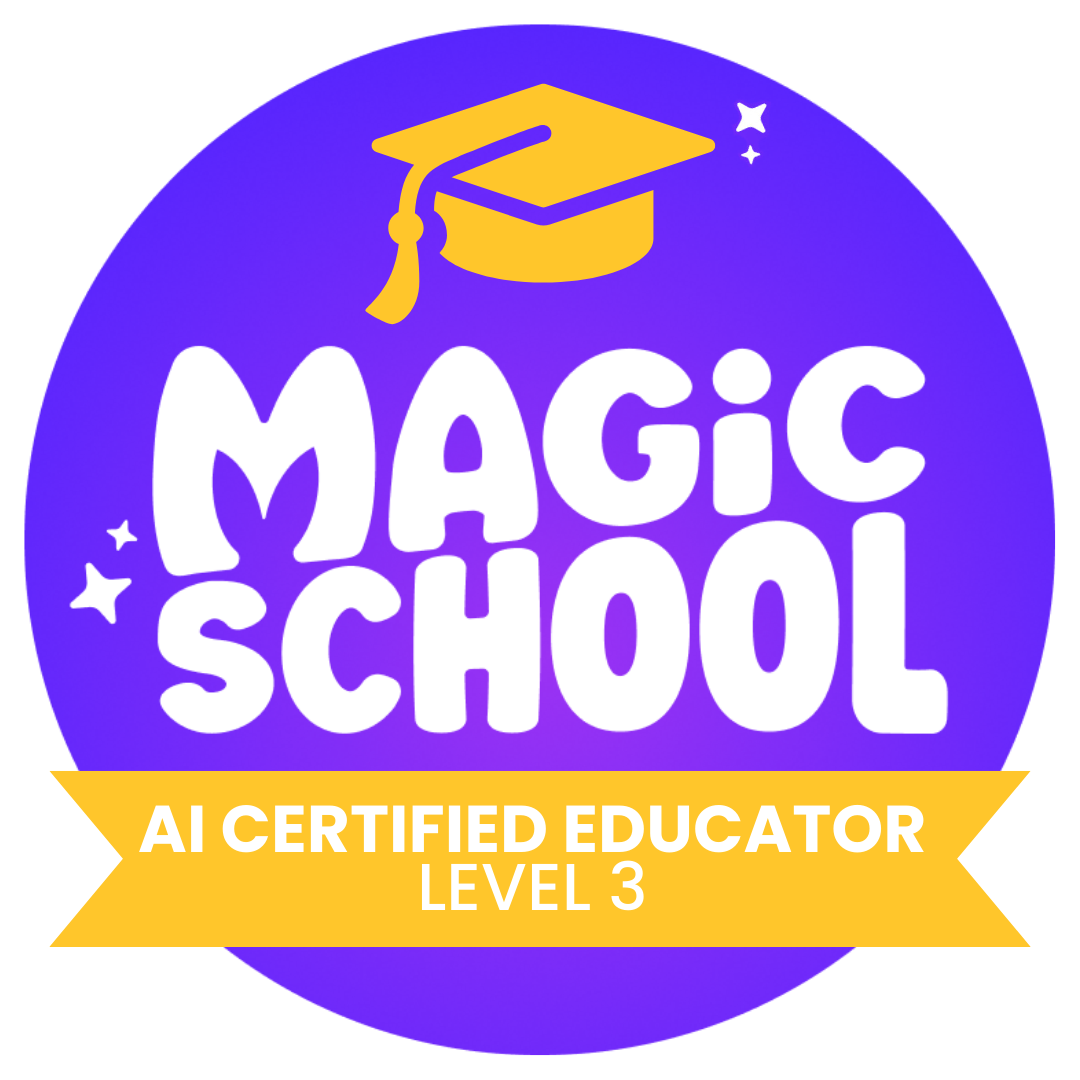

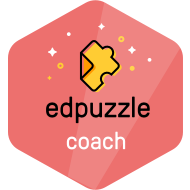
 RSS Feed
RSS Feed
